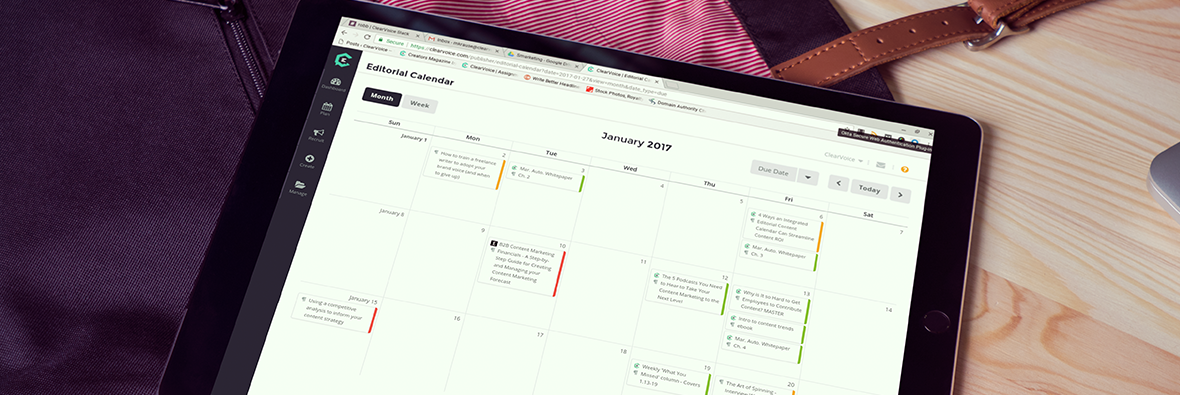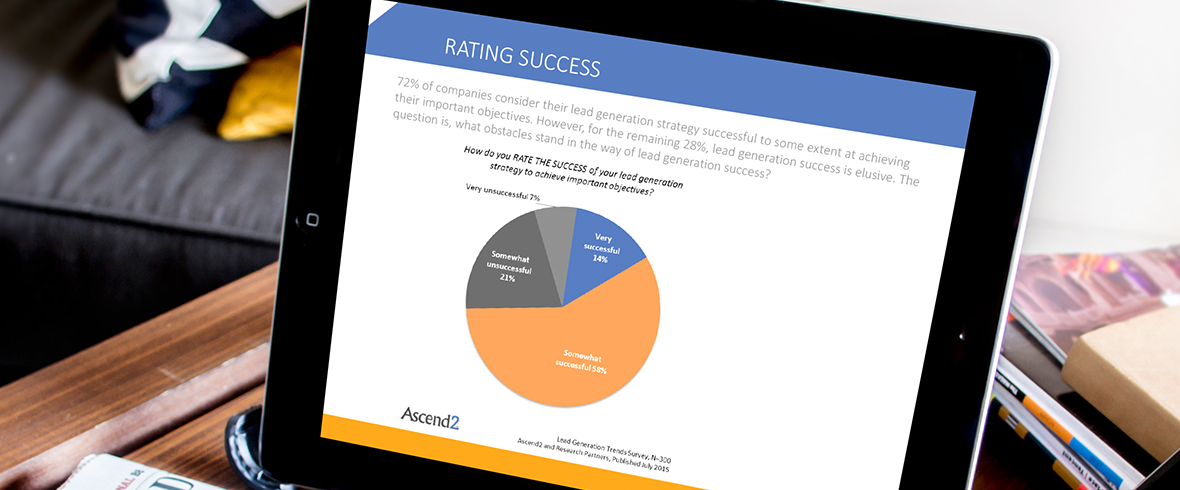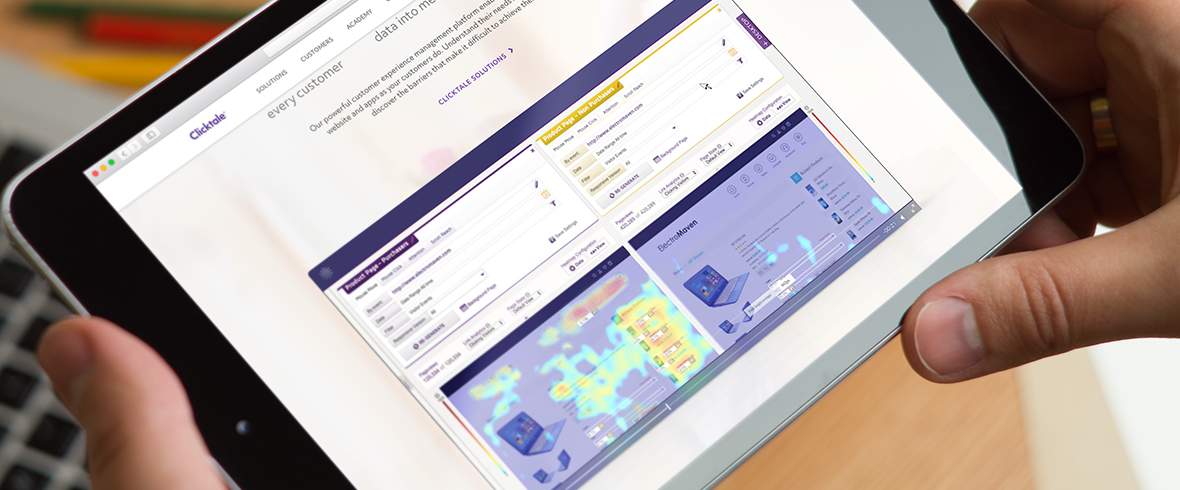You’ve created great content, but what’s it worth if it’s not being seen by the right people in the right place — if it’s being seen at all? The fact is, more than half of B2B marketers have no idea if the content they’re creating is working. According to the 2017 B2B Content Marketing Benchmarks, Budgets, and Trends— North America report, only 41 percent of B2B marketers say their organization is clear on what content marketing success looks like.
Enter content intelligence.
>> Download the Whitepaper: How to Leverage Content Marketing to Power Your B2B Marketing Automation Funnel
When you Google “content intelligence,” you find a variety of mind-boggling definitions. You may come to a simplified one that sounds something like, “a combination of semantic technology and information science.” For the purposes of this discussion, think of content intelligence as a deep dive through your current data and content to find the data and insights that will enable you to create more valuable and effective content.

Content intelligence sifts through your content and content performance to tell you things like:
- Who your actual audience is
- How they’re consuming your content
- Where they’re consuming your content
- Key phrases and words they’re looking for to find it
Content intelligence is your single most powerful tool for bridging the chasm between what businesses think they know and what customers actually want and experience. Let’s take a look at three kinds of content intelligence you can put to work for you right now.
1. Timing
When it comes to content distribution, timing really is everything. How often should you be delivering content, and when is the best time or day to deliver it? Is Friday better than Monday? Is morning better than afternoon? Does it differ depending on the type of content? Does it differ depending on the type of drip?

Numerous studies have looked at this data, including:
- ClearVoice’s data study on content trends
- MailChimp’s send time optimization data
- Customer.io’s study on the best day to send emails
- WordStream’s data on the best time to send email newsletters
- HubSpot’s report on the the best times and days to send business emails
These studies provide a great starting point, but real success comes from understanding exactly where and when your specific subscribers are responding to your content. Companies like MailChimp, iContact and HubSpot not only give you open rates, but they can also tell you who opened what, when they opened it, and exactly what they clicked on after they did. Just as important, they can tell you what content isn’t working for certain targets or simply not working at all. Gather this data and use it to inform your distribution timing strategy moving forward.
Timing also refers to when and where specific content falls in your funnel, and one of the most important tools at your disposal here is an editorial calendar. Creating an editorial calendar lets you align your delivery to your goals and resources. Use it to map out your strategy and plan for the content you need.
Different types of content and drips have differing frequencies of delivery. A newsletter may go out once a week or once a month. A blog once a day. And the the length of pauses between emails in a drip could be anywhere from one to 30 days, again, depending on the specific goals of specific campaigns. A calendar lets you track all this, as well as plan for guest bloggers and influencer partnerships.
To create a content calendar, you can use any of the many free templates available or build one in a spreadsheet. Your best bet is to use content marketing platform such as ClearVoice, which has an editorial calendar built right in. This way, you can plan and manage your calendar in the same platform where you ideate, create and dispatch assignments and collaborate with writers and editors.

Best practices are a great starting point, but they’re just that — a starting point. In the end, data will tell you what’s really working and what’s not. Listen to the data, then test, optimize and test again. The email marketing service you’re using may provide A/B testing, or you can employ services like Optimizely to see which content is working better than others, as well as for whom and where.
2. Relevancy
Arguably the single biggest key to content success is the ability to deliver relevant content. In fact, 72 percent of marketers in an Ascend2 survey said that creating relevant content is the most effective SEO tactic. In an age where it’s easy to unfollow or unsubscribe from brands, you have to be hypervigilant about understanding what content you’re sending to whom. That’s relevancy.

With content relevancy tools, you can find out:
- The words, questions and phrases associated with your target keywords
- The demographic information about the people asking the questions
- How customers are engaging with your content (and that of your competition)
Knowing what works and what people want will help you consistently create timely, relevant content that people will consume and share. Google Analytics is the best tool here. Google Analytics can tell you:
- Which content is driving the most traffic and conversions
- What your best- and worst-performing content is
- What people are searching for on your site and what they’re clicking on once they get there
- And much more — it can even be coded to check your email open rates

ClearVoice Content Studio is another content intelligence tool. Use it to search for content by keyword or topic, and then sort the results by date, publication or social shares to learn which content performs best online. It also helps you brainstorm ideas for content by seeing what’s trending in your industry and identifying the top influencers in your field.
3. Context
When it comes to context in content intelligence, it’s all about the journey, not the destination. Presenting content out of context, regardless of how good it is, is like asking the buyer to navigate New York City with a map of Chicago. Lack of context creates a missing link in your content marketing chain.
We touched on context a bit in the section on relevance. Context is about presenting content that is consistent with previous content and consistent with the content they’ll receive next. Lack of consistency and context creates confusion, and confusion rarely results in conversions.
Understanding context begins with understanding your target audience and their behaviors, then using the data you find to more successfully engage and influence them through their buying journey. For example:
- Does your content reflect the SEO keywords and phrases they search for and respond to?
- Does your content reflect the content they like to consume?
- Are you using geo-location targeting?
- Are your guest bloggers and influencers the ones your targets follow and listen to?
Google Analytics can tell you what’s driving traffic, and your email marketing service can give you a lot of data as to what’s working, when it’s working and for whom it’s working, but you may also want to employ a heatmapping service like those provided by Crazy Egg, Clicktale or Lucky Orange.
A heatmap takes the guesswork out of trying to figure out how customers are engaging your content. It shows you what people are moving their mouse to, what they’re clicking on and what they’re trying to click on. Some of the services even provide video recordings of every visit, so you can see exactly how consumers are engaging with your content. Heatmaps offer a clear picture of what people want to see, what they care about and what they don’t.
Content intelligence is as close as marketing comes to mind reading. If you follow the data, content intelligence can allow you to meet the consumer where they are, with what they want, exactly when they want it. Ignore it at your peril, because great content only has value if it’s being read by the right person, in the right place, at the right time.
Our latest whitepaper explains how content powers the various types of automated marketing campaigns and how to amplify and promote that content. Download “How to Leverage Content Marketing to Power Your B2B Marketing Automation Funnel” today.




